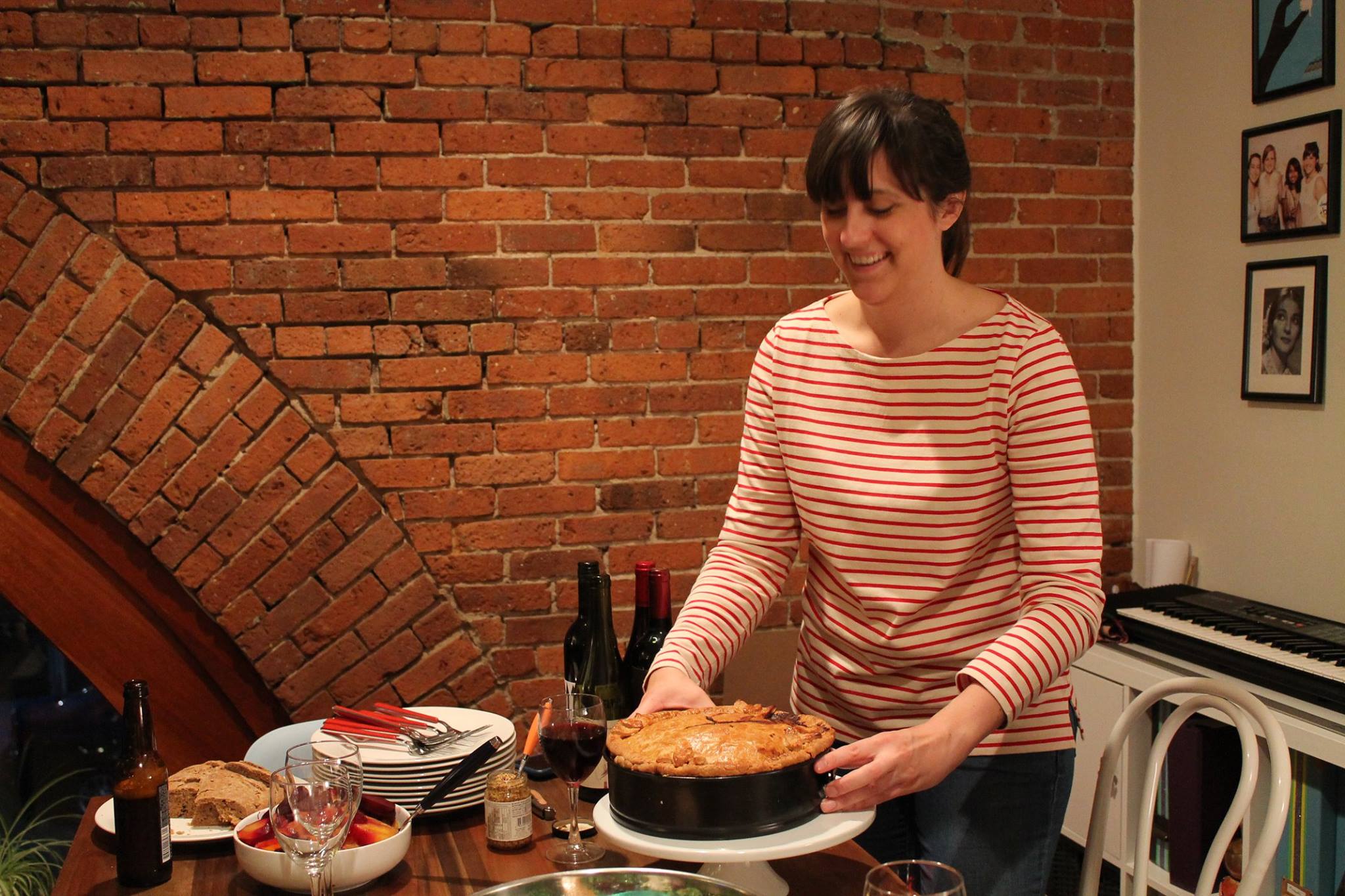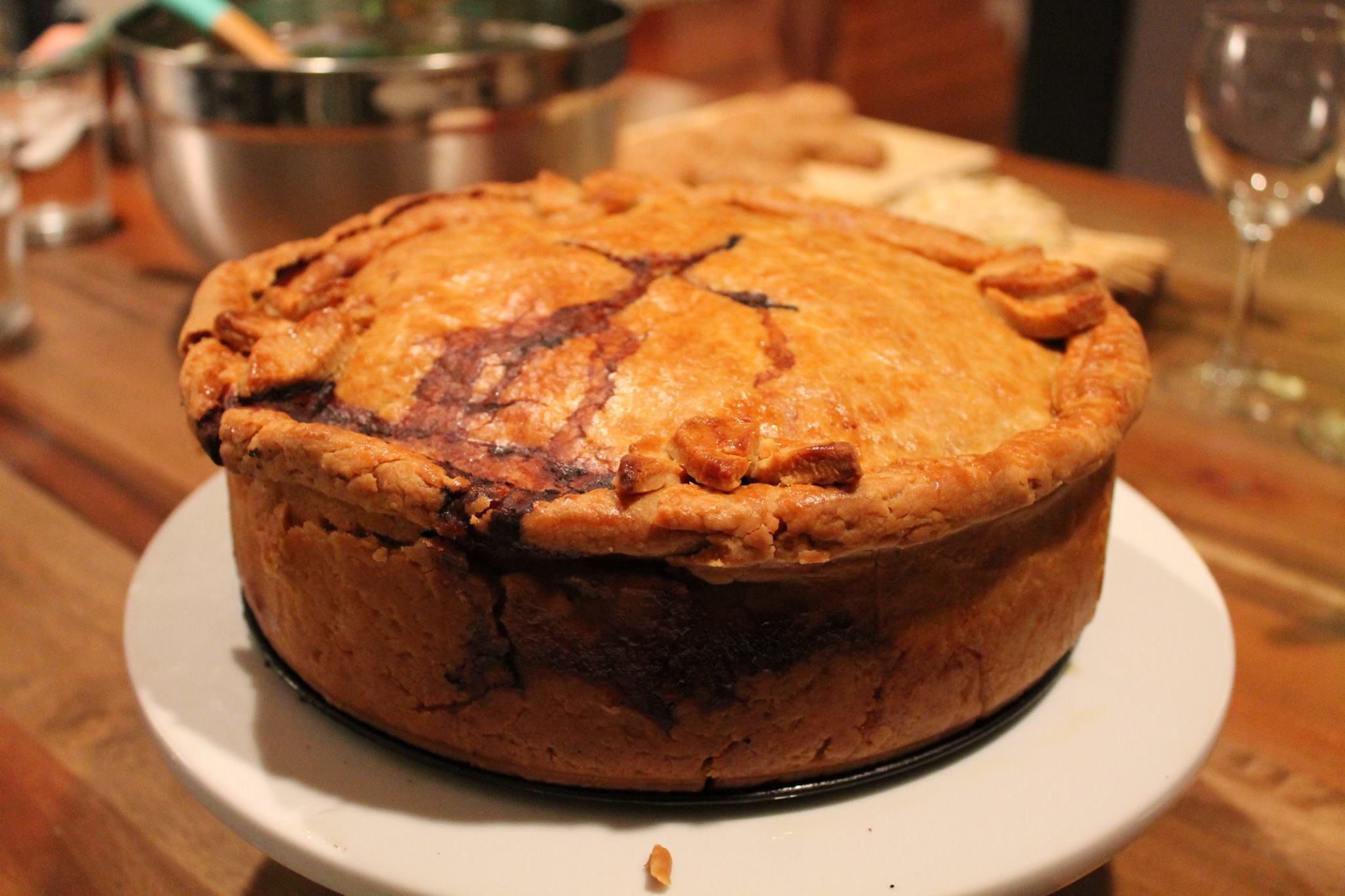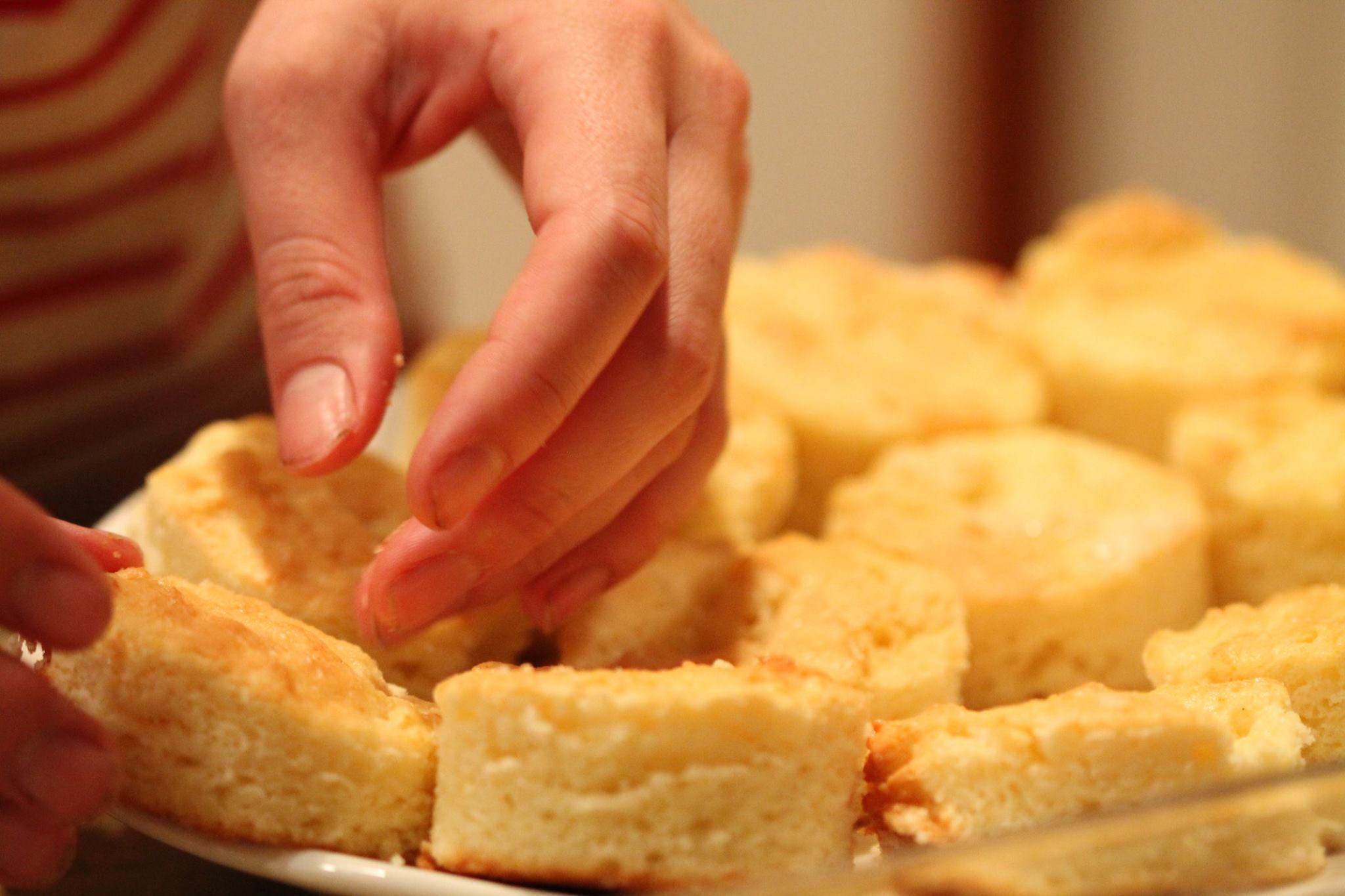One of the more controversial claims of the menstrual equity movement is the belief that period products should be free in public restrooms. It is understandable to question the economic reality of introducing a new public good. Period products have always been a consumer good, so why should we suddenly expect them for free?
Many approach this debate as a rights argument—period products should be free in public restrooms because they are a hygienic necessity to menstruating bodies. I belong to that choir, but in the interest of addressing skepticism head-on, I’m going to take the logistical road; free is simply the only way to effectively provide period products to public restrooms at scale.
While researching the issues associated with providing period products in public restrooms, I have found two consistent trends among research sites:
Among sites with coin-operated tampon dispensers, the profits did not have a clear use. No one I spoke with audited their revenue taking into account the number of pads and tampons taken. When asked how profits from tampon dispensers were used, sites had general policies, but were unsure of the specifics. For example, one site’s policy was for custodians to bring coins to a general fund that collected coins from other vending machines. There was no tracking system, or way of telling which money came from which machine. The manager of that site suspected custodians kept the money for themselves, but admitted that she had not asked about revenue from the dispensers for years. Until our conversation, she had not realized that there was any way of knowing how much money was being collected from the machines.
The coin-related liability could be fixed if these machines switched from mechanical coin operation to a smart payment system. But that would not solve all the problems associated with a paid system in general. Designing and operating a dispenser that charges for such small, lightweight products creates a number of pragmatic constraints. For one, they are expensive to manufacture. The least expensive traditional wall-mounted dispenser retails at $250, in contrast to toilet paper and paper towel dispensers which run as low as $10, or are free with a subscription to a company’s paper products. Secondly, the internal mechanisms are required to grip and pull down an individual lightweight product when a coin is inserted are temperamental. If the period products are loaded slightly incorrectly or if someone puts in a wrong sized coin, the machine jams easily. Both scenarios happen frequently, keeping dispensers in a constant state of disrepair. Additionally, tampons and pads need an additional layer of packaging (cardboard tubes and boxes) to work with those temperamental mechanisms. This is wasteful, raises the individual unit cost, and also makes the dispensers compatible for only one brand of period products.
Traditional dispensers are also difficult to restock. Pads and tampons must be loaded into the dispenser individually and precisely, which costs valuable staff time. If tampons are sold at $0.25 each, a $250 tampon dispenser can only hold enough products to make a maximum profit of $5. Assuming it takes a custodian making a living wage ($15/hr) 10 minutes to restock the machine, that already cuts profits in half.
If these paid dispensers are expensive to buy and maintain, if they yield no profit, and if their temperamental design wastes staff time and resources...why are we still charging for period products?
There is a complex cultural response about female bodies and hygiene as consumption, but the most straightforward justification seems to be a belief in what I call “tampon squirrels.”
I made my first tampon dispenser in September 2016, to conduct some tests on how location and politically charged messages affected the number of tampons taken. You can see the aside note for more details, but overall, it taught me that political messaging on the tampon dispenser had a strong influence on the number of tampons taken in a bathroom, but was not strong enough to overcome the stigma of accessing tampons in a public space.
Before the test started, I was expecting a Best Buy on Black Friday situation. I bought a box of 500 tampons for the 4 day experiment, expecting every other person to grab multiples or even clean out my obviously unlocked dispenser to squirrel away products for home use. To my utter shock, no such squirreling occurred. Withdrawals were extremely modest. Based on the building traffic, the number of tampons taken seemed aligned with my estimates of the number of women likely menstruating at the time (17.3% of female-identified ID students). After my initial experiments in RISD’s Industrial Design building ended, I moved the dispenser to my graduate program’s studio bathroom in October 2016 so that I could continue monitoring and restocking it. Over the course of 20 months, I have experimented with different product brands and quality levels, and yet, the number of tampons taken has remained consistent and appropriate based on our floor’s foot traffic.
This responsible use suggests that users respect the dispenser’s presence in our bathroom. Though these observations come from one community at an elite institution, and further, a community that has a relationship with me, the provider of the tampons, other research sites with free products have reported similar results. For example, the University of Washington facility management team confirms that the number of products taken seems aligned with estimates on need. They added signs on their dispensers explaining, “These free menstrual products are provided by UW Building Services Dept. Please only take what is needed in order to sustain this service. Thank you!” This earnest appeal to a sense of collectivist ethics seems to be an effective deterrent.
Occasionally, of course, people will take more than one tampon at a time, but this feels like reasonable use of the service. One participant explained, “Once or twice I took an extra one [tampon] because I was working late. CVS was closed and I was out at home. But I would never abuse it because I like knowing it’s there.” I don’t want to design against this type of behavior. People may take a few extra now and then based on personal circumstance, but they certainly aren’t depleting the supply for others.
I cannot disprove the existence of the occasional tampon squirrel, but I can definitively say that the risks of excessive withdrawal pale in comparison to the draconian drawbacks of the paid version. Designing overly prohibitive features to prevent someone from taking multiples is insignificant to overall costs at scale. And more significantly, it’s contrary to the spirit of period product accessibility.







